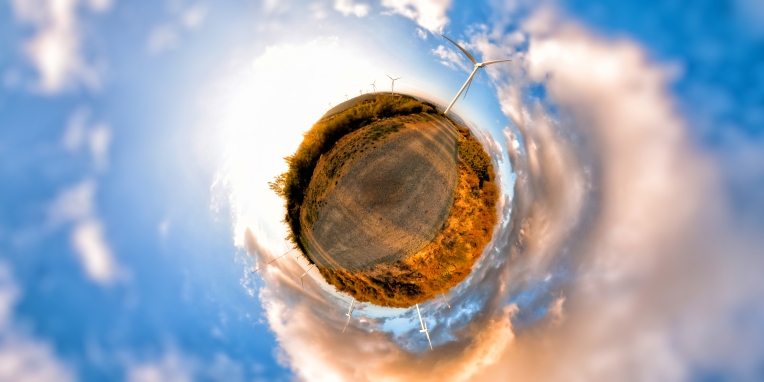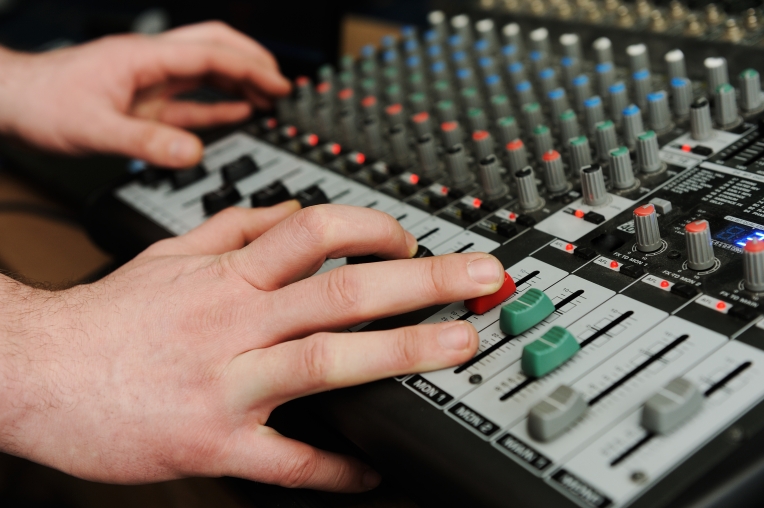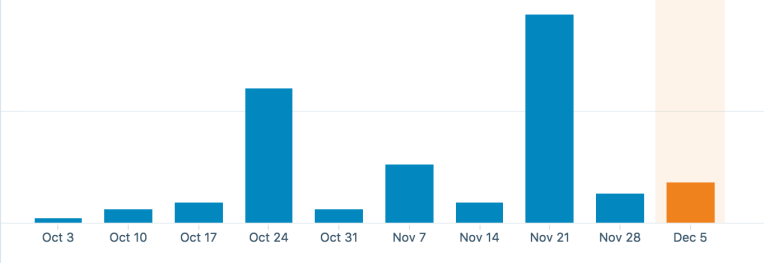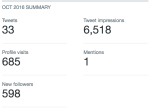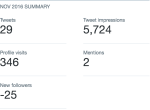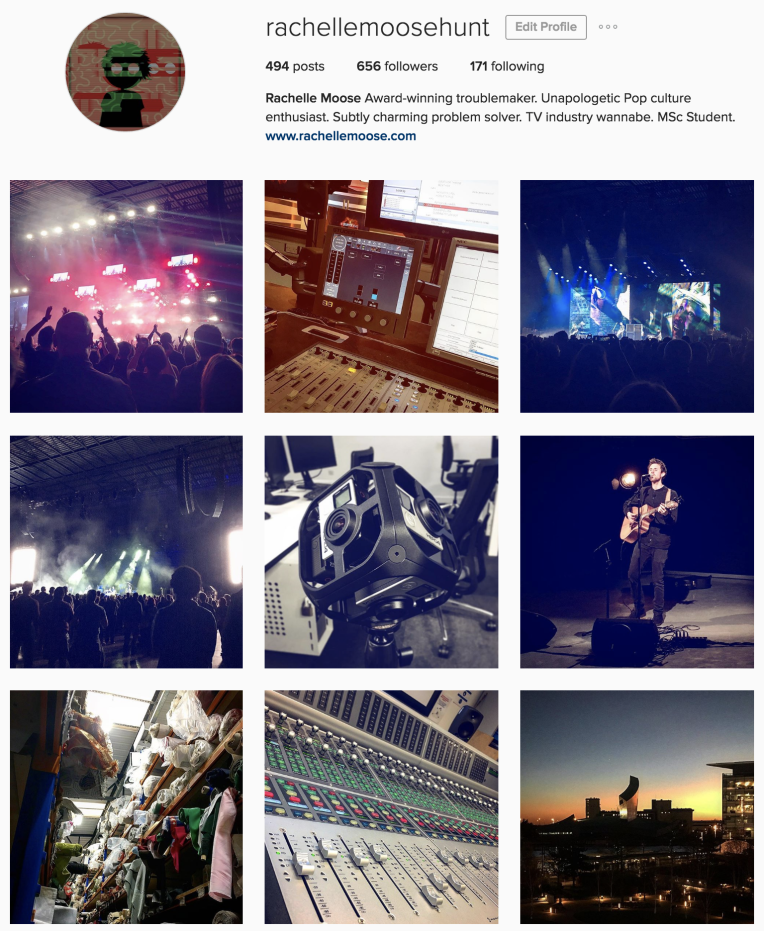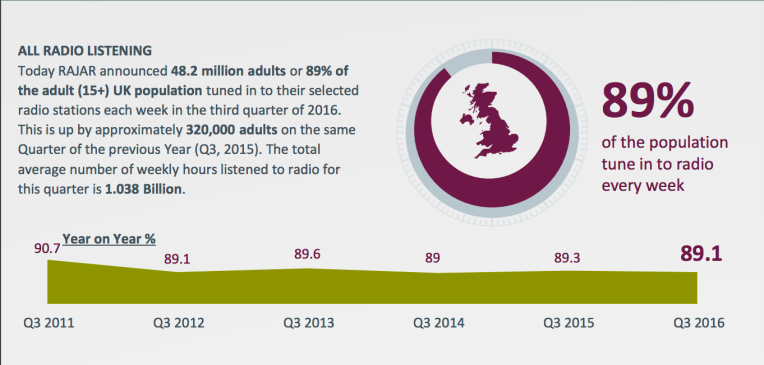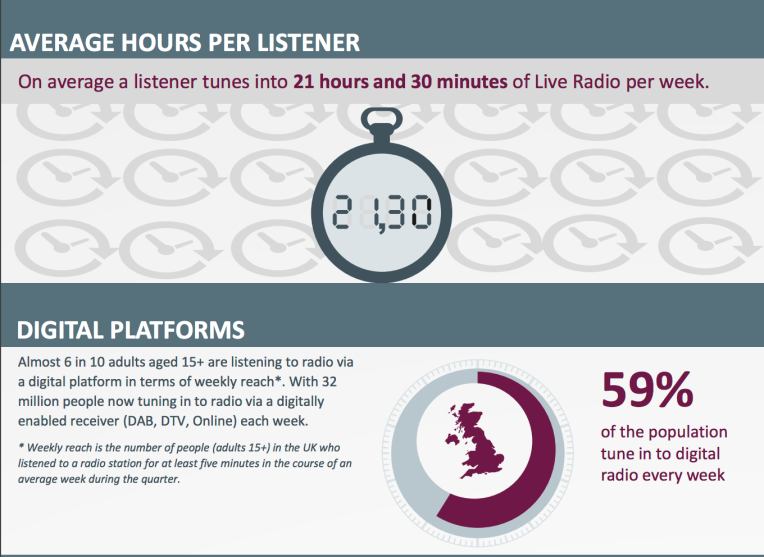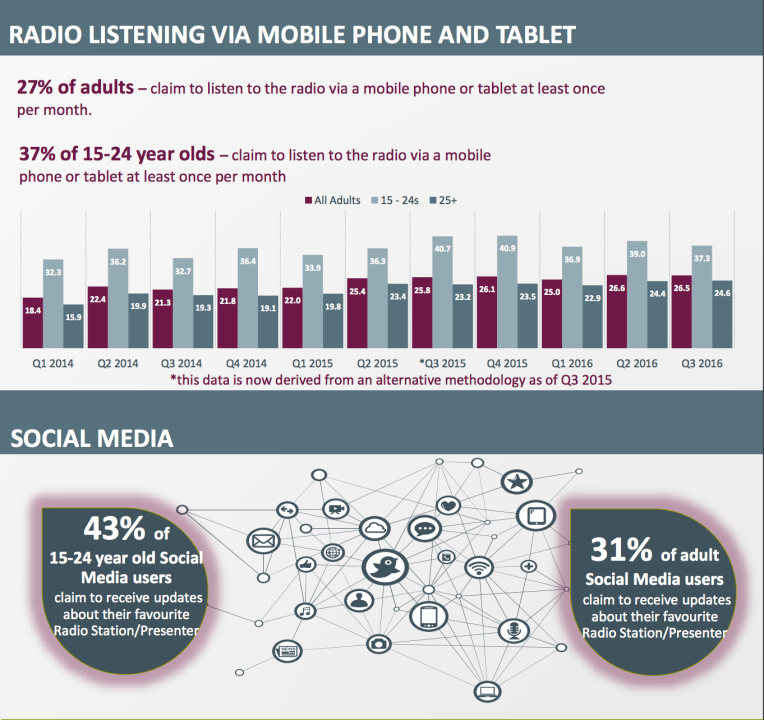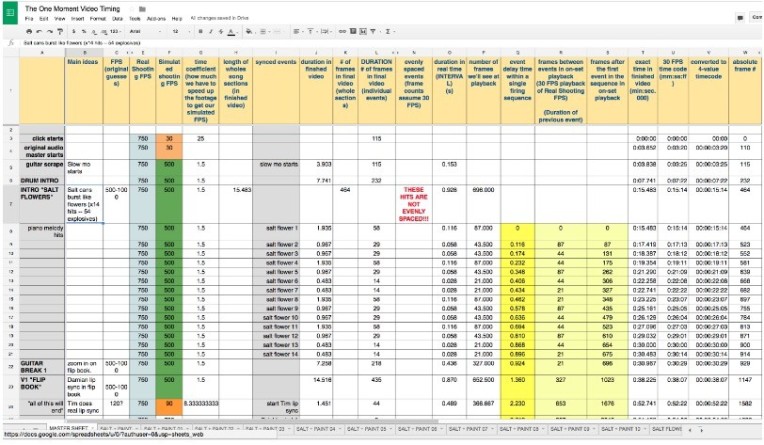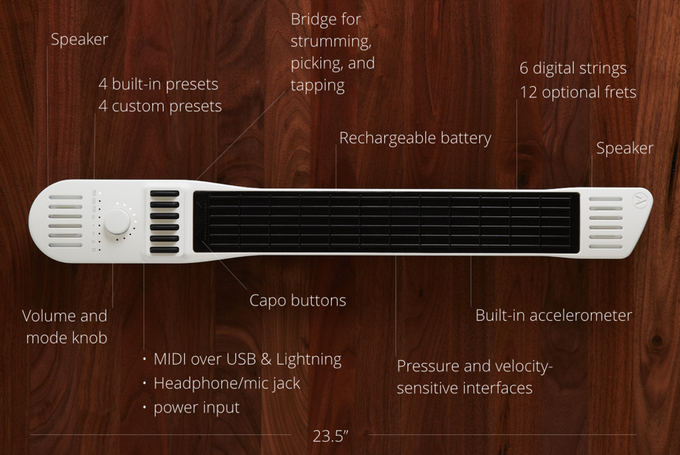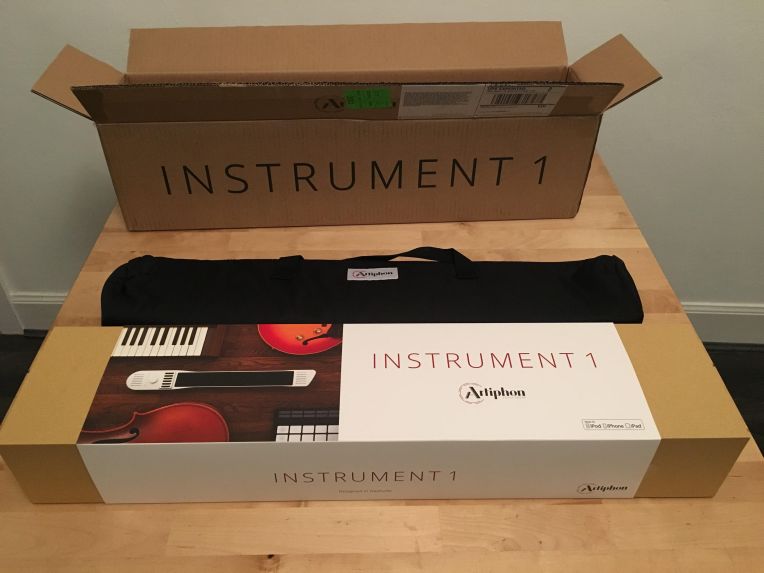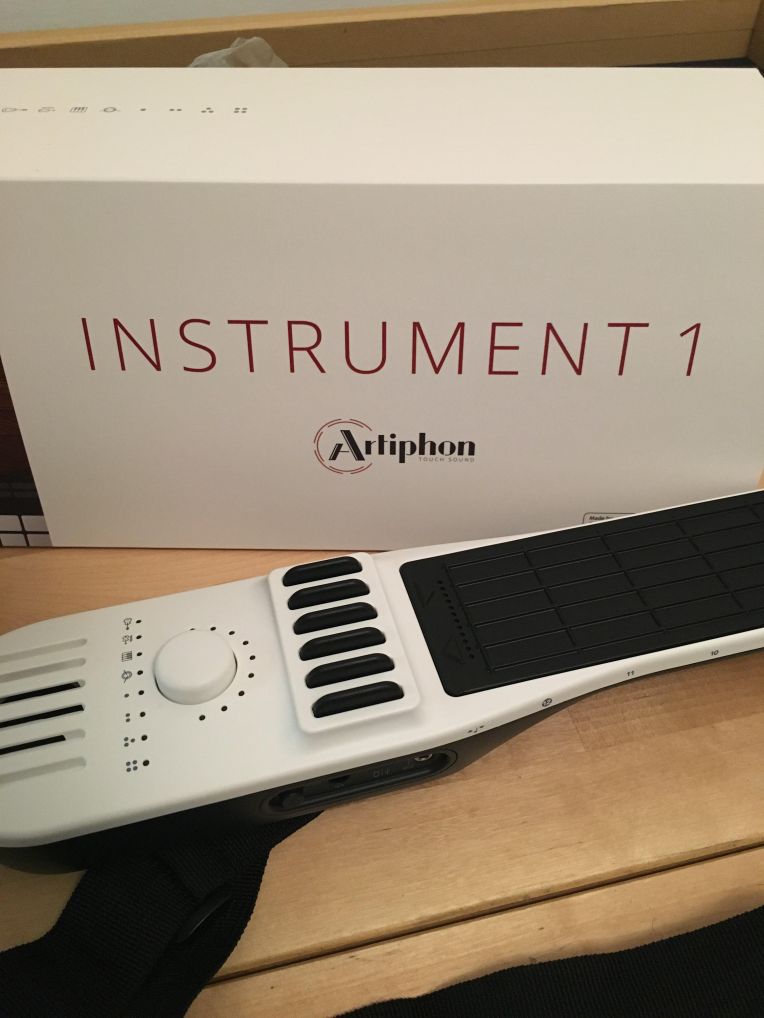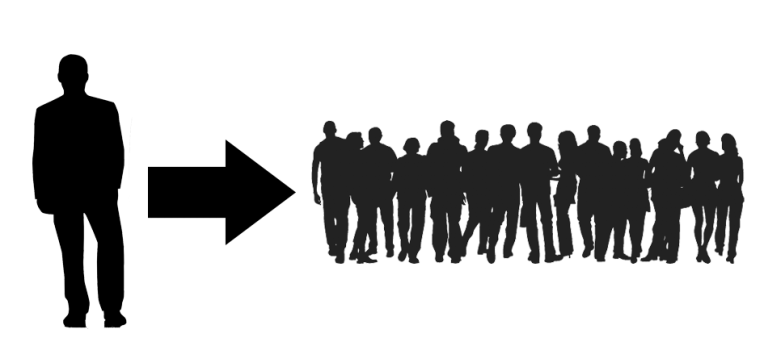Artefact 1 – Short Video (MediaCityUK TimeLapse)
So far the video has 1591 views, 122 likes and 7 comments and is on 16 playlists within YouTube.
My aim for this video (after looking at other similar videos) was to gain more than 300 views in a week. I set up a targeted promotion schedule on Twitter and Facebook using the free version of Buffer. I targeted the tweets at local businesses in the area and production companies. This resulted in over 50 likes and 20 retweets and mentions over the week on twitter.

As you can see from the data above taken straight from YouTube, my views were in my targeted area and effective tagging ensured my video appeared in the suggested video section of YouTube – thus gaining more views.
I believe if I kept pushing the video or/and had not made a point of it being for a university master’s degree then it would have gained even more views.
Artefact 2 – Remix (John Lewis Advert)
So far the video has 10,876 views which is crazy and has had more views than my other two artefacts combined. I think this is to do with both the content of the video and the time I released it. As mentioned in the blogpost about the artefact I have exceeded the video length of a minute by quite some way, however this was important to the context of the video to be kept as close to the original as possible.
I released the video at 8pm only 12 hours after the original advert was released, I had a very sharp curve after about a week and the video currently features on 171 playlists in youtube and has been shared on all major social networks. As the video it was based on lost momentum over the next two weeks the views on my video also dried up. I feel that if the advert had been better or more in line with what the public were expecting than I would have had more views as a result. Below is a breakdown by age group of the people who have watched this video. I was surprised to see such an even male/female split as I was expecting more women to have watched the video comparatively.

Artefact 3 – SuperCut (Leonard Cohen)
So far the video has 65 views and 5 likes, this is by far the least views any of my videos have got on this module, a large part of this is down to the fact I didn’t promote this video on any social media and left it to do its own thing.
This artefact was also longer than a minute as it had to be the length of the original song: YouTube analytics state that I had 80% of watchers stay until the last 20 seconds of the video. I don’t think people would have clicked to watch the video if it had been less than a minute because they would know the length of the original song.
I think I was a little late to make this video as he died on the Friday and I didn’t make the video until the Sunday. It was also highlighted to me that I missed an important tag ‘tribute’ off the YouTube tags section, which means I will have missed out on some traffic.
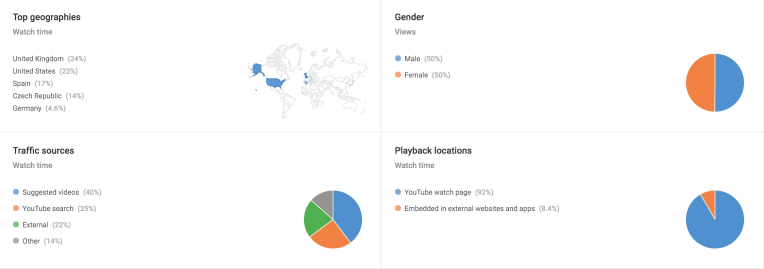
From the data taken directly from YouTube analytics above you can see this artefact has had a wide and diverse range of views, this has probably come from people organically searching for a video similar to mine and it either coming up in the search results or as a suggested video.

